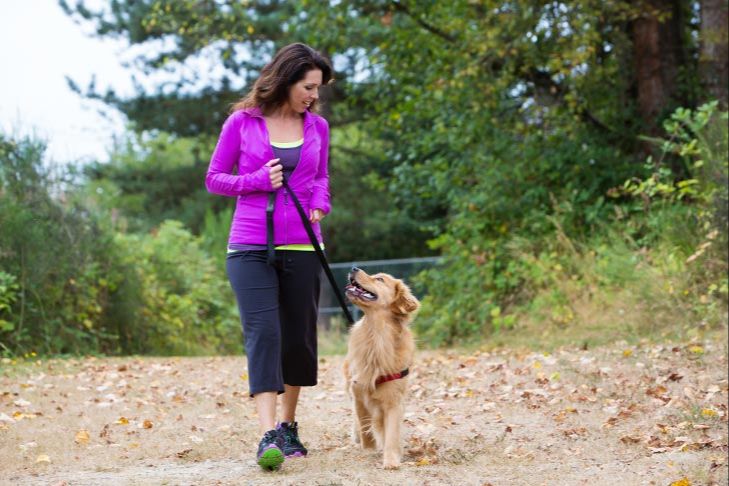The Nature of Dogs and Foxes
Dogs and foxes have key differences as domesticated and wild animals. Dogs were the first animals to be domesticated, with evidence showing this occurred over 15,000 years ago (https://www.centerforcaninebehaviorstudies.org/). Through selective breeding, humans shaped the behavior of dogs to live closely with people. As a result, dogs developed traits like friendliness, obedience, and reading human social cues. In contrast, foxes are wild animals that live independently from humans in the natural world. Foxes avoid human contact and interactions. They rely on their natural instincts for survival such as hunting small prey, foraging, and avoiding predators.
A major genetic study by UMass Chan Medical School found dog behavior is only moderately influenced by breed, with most behavioral variation coming from how owners raise and train their dogs (https://www.umassmed.edu/news/news-archives/2022/04/umass-chan-study-shows-canine-behavior-only-slightly-influenced-by-breed/). In the wild, foxes do not require training by humans to survive. Their behavior stems purely from innate instincts evolved for life in the natural environment.
Overall, foxes exhibit more skittish, elusive behavior compared to domesticated dogs due to their lack of human socialization. Dogs can be trained to comfortably live in close proximity with people, even in urban environments, while foxes fundamentally remain wild animals.
Dogs and Foxes in the Wild
In the wild, dogs and foxes typically avoid confrontations and coexist through various behavioral adaptations. Foxes tend to be more active at dawn and dusk, while dogs are more active during the day, so their activity patterns don’t overlap much. When they do encounter each other, foxes usually try to avoid interactions. According to research by Hernández et al. (2021) [1], foxes showed reactive and cautious behaviors towards dogs, maintaining distances over 300 ft. Foxes would flee when dogs approached within 165 ft.

Dogs don’t tend to actively hunt foxes. Their evolutionary relationship was not predator-prey. Foxes aren’t seen as prey but more as another canid to avoid conflicts with. Studies show little interspecies killing between foxes and dogs in the wild. They manage to spatially share territory through temporal avoidance and spatial positioning [2]. Overall, dogs and foxes naturally avoid confrontation and peacefully coexist in wild spaces.
Training Dogs to Live With Local Wildlife
When dogs encounter wild animals like foxes, their natural instinct is often to chase. However, this can lead to dangerous conflicts and injuries on both sides. As a responsible dog owner, you can train your dog to avoid or ignore wildlife. Here are some tips:
Use positive reinforcement. When your dog sees a fox but does not react, reward them with treats and praise. This teaches them that ignoring wildlife leads to good things. You can also reward them for coming to you when called off a chase.
Teach a solid “leave it” command. Have them practice ignoring tempting things. Eventually they will be able to generalize this to ignoring foxes as well. Always reward with treats and praise when they listen.

Keep your dog leashed in areas with wildlife. This allows you to maintain control and prevent chasing. Be sure to let them sniff and explore safely.
Use corrections sparingly. If your dog starts chasing, get their attention and call them back. Avoid harsh corrections, which can make dogs aggressive. Stay calm and positive.
Consider wildlife avoidance training. Specialized trainers can create simulated encounters with foxes to teach your dog to ignore them.
Take precautions if you have livestock. Foxes can be attracted to farms. Secure animals in predator-proof areas and supervise your dog outdoors.
With time and consistency, you can train your dog to coexist peacefully with foxes. This keeps both animals safe and prevents frightening encounters. It takes patience, but it is well worth the effort.
Appreciating All Animals
It is important to respect both domesticated pets and wild animals. All animals deserve humane treatment and care. According to the Ethical Treatment of Animals, the humane care and use of animals is considered a moral obligation. There are also scientific reasons for ensuring animal welfare.
The Five Freedoms for Animals provide guidelines for humane treatment. These include freedom from hunger, thirst, discomfort, pain, injury and disease, fear and distress, and the freedom to express normal behaviors. By providing good nutrition, housing, health care, companionship and respect, we can ensure domestic and wild animals lead happy, healthy lives.
All living creatures deserve respect and compassion. Appreciating animals helps develop empathy and teaches proper care for pets and wildlife. With understanding and humane practices, we can find solutions that allow both people and animals to thrive together.
Nonviolent Solutions for Wildlife Conflicts

When neighborhoods encroach on natural habitats, conflicts between pets and wildlife can arise. However, there are many nonlethal solutions for minimizing these conflicts in a humane way.
One approach is habitat modification. This involves altering the environment to make it less appealing for wildlife to enter (1). Fencing, hedges, and other barriers can be installed around yards and gardens to deter animals. Tall solid fencing sunk into the ground works best for keeping out digging animals like foxes (2).
Repellents and scare devices like motion-sensor lights, sprinklers, and noisemakers can also be effective. Strong smells, tastes, or sounds may cause wild animals to avoid yards. For example, ammonia or predator urine repellents can mimic natural warning scents (2).
Finally, keeping pets indoors or supervising them outside, especially at dawn and dusk when wildlife are most active, reduces risky interactions. Tightly securing trash and removing other attractants like pet food reduces temptation for wild animals to enter the space (1).

With some careful planning and humane prevention methods, neighborhoods can coexist peacefully with local wildlife.